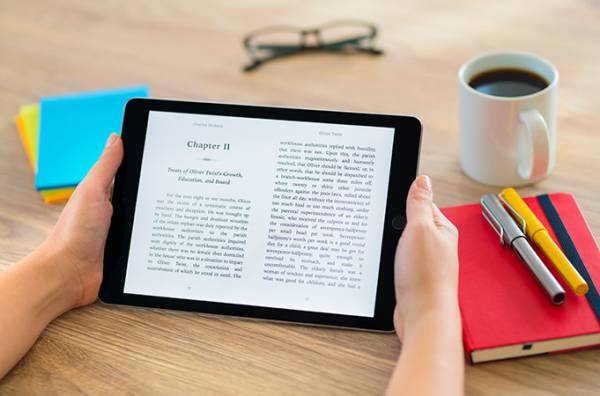Publishing Changes Over the Last Decade
- Font size: Larger Smaller
- Hits: 6511
- 0 Comments
Welcome to 2020 – a new year and a new decade.
I thought it would be good to the start the year by reviewing how the publishing landscape has changed over the past ten years.
It is hard to believe the disruptive changes to publishing that have happened since 2010. Mike Shatzkin’s recent blog, A Lot Has Changed in Book Publishing in the Past 10 Years https://www.idealog.com/ is a dramatic reminder how much has changed.
The introduction and popularisation of IOS and Android phones and tablets have increased our access to information and connectivity that was almost unthinkable in 2010. By 2020 we have our personal library at our finger tips with the ability to pull up a book whenever or wherever we are in the world. It is difficult to remember life without our smart devices.
The first truly successful eBook reader became readily available in 2009 and dramatically changed the way in which we consumed books. Amazon’s kindle reader was the most nimble and soon overtook rivals Nook and Kobo. While I enjoy reading books on my dedicated reading device, I tend to do most of my eBook reading on the smart phone. This is a world-wide trend supported by an article from 2015 in The Wall Street Journal (Link). The dedicated reading devices such as Kindle, Nook and Kobo are now only a small part of the eBook market.
Amazon has taken over the world as the largest bookseller retailing more than 50% of the wrold's hard copy books and being the biggest seller of eBooks. This success was driven in part by early adaptation of its application to the IOS, Android smartphone and tablet platforms making it universally accessible, affordable and offering the application free.
The biggest disadvantage of ebooks is that you don’t actually own your online library. You buy the licence to access books through your prefered eBook store. This access can be terminated at anytime as witnessed recnetly by Microsoft closing their eBook store. The BBC have a thought-provoking article (Link) on the rights we’ve given up with online sales which is fascinating.
By 2010 there was a substantial choice of bookshops selling physical books including chains, independents, department stores and supermarkets. Sadly, that choice has drastically dwindled with many of the popular chain bookstores permanently closing their doors. The loss can be attributed to both the change in our buying patterns and online shopping but also an industry slow to implement change. Our aging population could be having an effect on book sales with older Australians downsizing and culling their home libraries. Fortunately, many independent bookstores have managed to create a niche and are modestly making a difference.
The most exciting change in the industry is the development of self-publishing. Through Amazon and Ingrams there is now a full print on demand structure which includes a distribution infrastructure that anyone can access. Making sure that you produce a quality product using professional editing, design and cover providers will enable you to compete with the traditional publishers ensuring you get a better profit. A strong marketing plan and clever use of social media all add to the clout and nimbleness of the indie market place.
Publishing in Australia will continue to change as the legacy form of producing a book undergoes more disruption. Perhaps there’ll be fewer large publishers and our wonderful independent Australian publishers such as Text, Allen & Unwin, Hardie Grant and Black Inc will morph into a more sustainable business model.
It’s hard to know where the next 10 years will head but it is for sure that Amazon will be a driving force in that narrative. Hopefully mainstream publishers will evolve better to compete with Amazon and give the consumer choice. Perhaps innovative alternative platforms will make it easier and more profitable for authors to self-publish, market and distribute with the support of a new generation of professional editorial and design providers. Mark Dawson’s Self-Publishing Formula is a good place to start if you want to explore more about self-publishing (https://selfpublishingformula.com/spf-podcast/ ). More publishing partnerships could develop like Corella Press (https://www.austlit.edu.au/corellapress), a new UQ teaching press, who publish early Australian crime, mystery and domestic noir works for a modern audience. Maybe we’ll see more collaborations between authors and book lovers similar to Slightly Foxed (https://foxedquarterly.com/about-slightly-foxed/) who offer a wide range of information including, beautiful books, reviews, articles, podcasts, blogs and alternative challenging points-of-view. The future promises to continue to be disruptive for the publishing industry but it offers infinite possibilities for all of us if we’re willing to look for the challenge.
We are excited to announce that we’ve invited guest bloggers to join this space. Our first in February will be Isobelle Carmody.
Leonie Tyle
Contact Tyle&Bateson to see what we can do for you
Contact Us
Tyle&Bateson Publishing
Leonie Tyle
M 0419 333 449
E leonie@tylebateson.com.au
Catherine Bateson
E catherine@tylebateson.com.au
